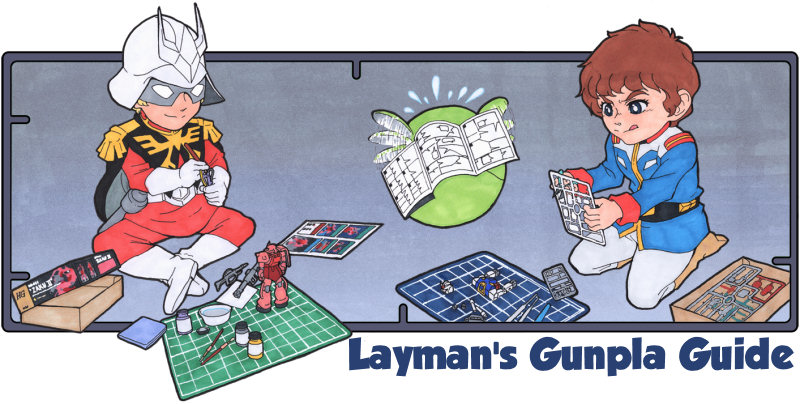When we talk about shine, some people often mistake it to mean mirror-like. Though the two are based on similar concepts, light reflectivity, they are not mutually exclusive. There are things that shine, meaning, they reflect light with a certain luster or gloss, as the case may be* but are not necessarily mirror-like or metallic in appearance.
A good way of demonstrating the sometimes subtle difference between shiny, glossy, metallic and mirror-like are car finishes.
 |
Various car finishes. Source: Google Search |
The images above show different cars with different paint finishes. Some are just glossy (they reflect light, but do not look metallic), a few of them have mirror finishes (they reflect light and images), and a couple or so have a matte finish (top right corner BMW), but still have a metallic sheen or luster to it.
In this case, let’s stick with metallic shine. Most metals, when polished have inherent shine. Polished well enough, some, if not most of them can become mirror-like.
Let’s take Aluminum, which is a good example for this. Raw Aluminum has a very flat, almost dull-grey metallic appearance, depending on its condition or stage of processing. When newly smelted, it has a very light sheen, but when drawn as sheets or pipes, or shaped into fixtures, it can be polished into various grades of shine and mirror-like finishes.
 |
The sheen and shine of various forms and types of metals. Source: Google Search |
Here, you can clearly see that, despite being raw or just smelted, aluminum has an inherent sheen or shine. Of course, this shows various forms of aluminum that have undergone processing. There are also processed aluminum that do not really shine, but dull grey (especially when exposed to the elements for certain periods), but still retains it metallic characteristics. Like Gunmetal, metallic textures or effects are not always shiny, nor appear metallic at all times.
 |
L-R: Engine Block, Aluminum Ingots, Drawn Aluminum Bars |
In Scale and Gunpla modeling, these are examples of finishes one can achieve using paint (and other mediums). I used aluminum as an example, because we use a metallic texture known as brushed aluminum, which can be very subtle or intense metallic sheen, but not mirror-like. To achieve a mirror-finish, modelers use mirror chrome metallic paints, and quite recently, chrome powders.
 |
L: Chrome Powder finish. R: Mirror-Chrome Paint. Credit: Kampfer by Jenic @ Youtube. |
Both are shiny, they equally reflect light, but the Kampfer is mirror-like. Brushed aluminum, like some Stainless Steel finishes, are shiny, but not mirror-like.
*Lastly,
there are shiny surfaces, but do not appear mirror-like or metallic.
Most newer kits have gloss finishes that also serve as their
built-protection. The stock, unpainted RG Sinanju has a gloss finish
that looks unmistakably plastic, while the RG Sazabi special coating ,
though not mirror-like, simulates a metallic red sheen.
 |
| L: RG Sinanju (unpainted). R: RG Sazabi Special Coating. Source: Gunjap Dot Net. |
Simply put, sheen is muted shine. The Metallic Red of the RG Sazabi, or Titanium Red can be simulated with paints. I achieved that accidentally more than 10 years ago while working on painting my first Sinanju. I mistakenly got Bosny Flat Clear instead of the other Clear (which is gloss/semi-gloss), but instead of being disappointed, I realized it looked pretty good. This is what we know as candy tones, a painting technique where a clear color is overlayed over a metallic or chrome buffer to create a metallic color sheen.
 |
Muted Metallic: Silver/Gold>Clear Red (glossy)>Flat Clear (muted) |
No one was doing the technique at the time (afaik), so I started to call it MatX Muted Metallic Red, then after MatX Titanium Red, much to the dismay of some people back then (and even now, as it were), because when they hear the word metallic, they single-mindedly think mirror-like metal, or, that I attached MatX onto it.
 |
Muted Metallic Red vs Titanium Red. By MatX. |
Epilogue:
I'm reviving this blog, because Facebook got rid of the Notes section, which made publishing articles within the platform less than ideal for formatted articles. So, I find myself fixing the old ones with Photobucket items one by one, as I refer to them.



No comments:
Post a Comment